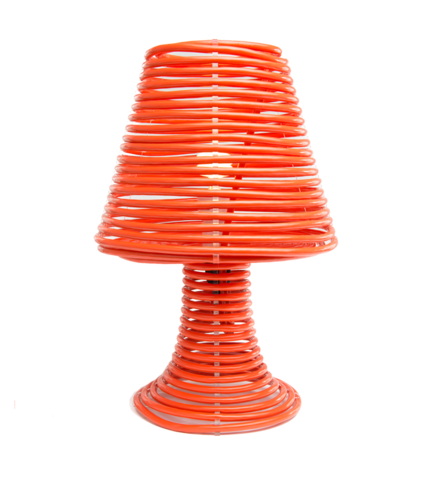Philip Oakley Illuminations
This UK lighting company has a knack for the whimsical.
There is something brilliant about the work emerging from a seaside studio in East Sussex, United Kingdom. Philip Oakley of Oakley Illuminations has spent many years crafting old carnival lighting, illuminated lettering, and motif signage, and creating cheeky one-liners in neon. His decorative pieces bring a whimsical narrative to any interior or exterior setting. Each piece is carefully conceived in an old public house called the Admiral Benbow. Intrigued by Oakley's bright take on an increasingly rare craft, we got in touch to find out more.

Photo by J Waller
In the design world, hands-on work is fading away against an onslaught of technology-driven creative processes. How important is it for you and your team to celebrate a more traditional craftsmanship?
We like things to look a certain way which has a warmth and soul to it, which needs a human touch I guess.
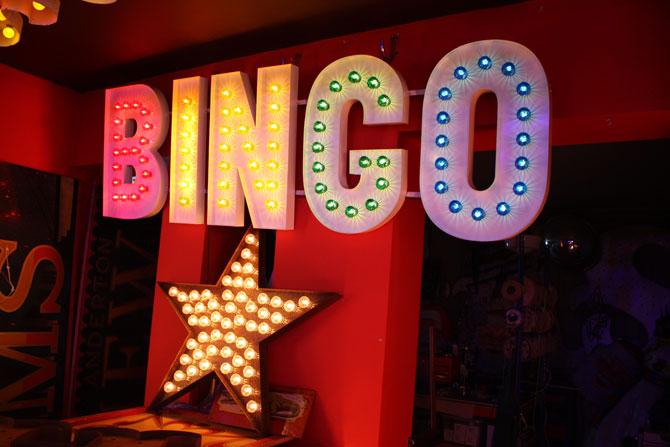
How did you get started in this business?
I’ve always designed and made things and, after working at a place called Blackpool Illuminations, I decided to make smaller scale illuminations for domestic as well as commercial use.
Do you see your lighting integrated into the commercial spectrum of interior design or as a work of art? If there is a function in both worlds, how do you find a balance?
It’s very difficult working with interior designers as they usually want to start redesigning your work and nothing is ever quite what they want. We are moving towards a take-it-or-leave-it strategy now and concentrating more on one-off art pieces.
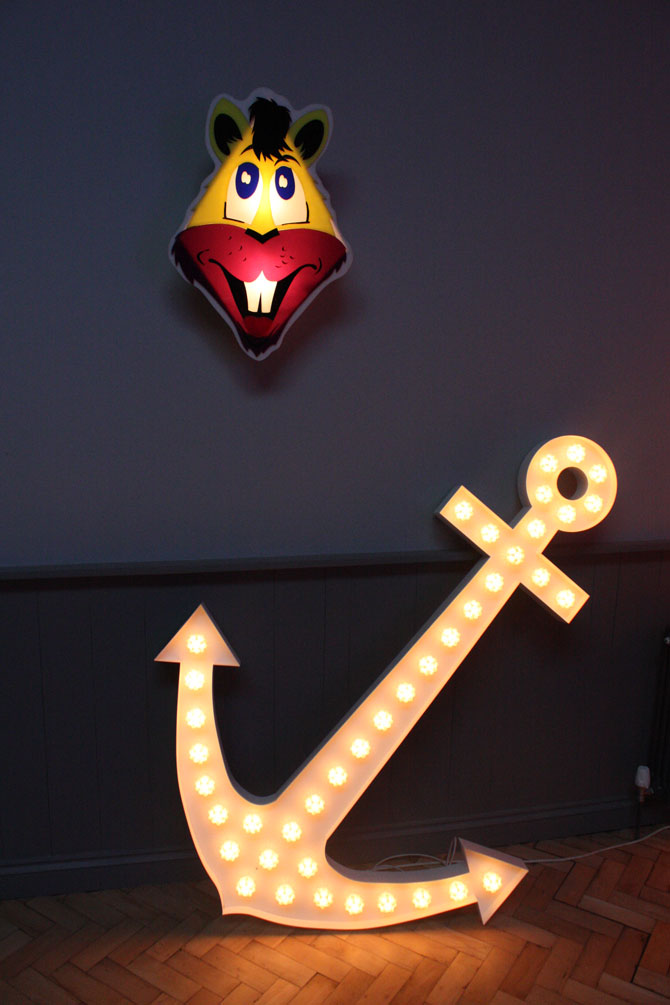
Give us a walk-through of an average day at Oakley Illuminations.
We usually get any small projects out of the way first which include re-wires of old lights, for instance. I’m very keen on keeping old lights going, even if it is just table lights and chandeliers as we have all the components to hand. We then drop onto other orders of bigger pieces. When we’re up to date with orders we either pull out an old project that needs finishing or we move on to a new piece depending on how I am feeling. It’s very random which is how I like it and we stopped wholesaling a while back as I wanted to avoid becoming a hamster on a wheel.

From "Bollocks" to a "Hangman Noose," your neon pieces are great one-liners. Does neon give you more room to express your own creative juices?
Sometimes creativity might be making a table lamp which doesn’t make much of a statement, I guess neon is about making a statement which is hard for people to ignore, but I tend to need a reason to make these pieces. The "Bollocks" sign was originally made to go in a window of my house that the council planning department complained about.
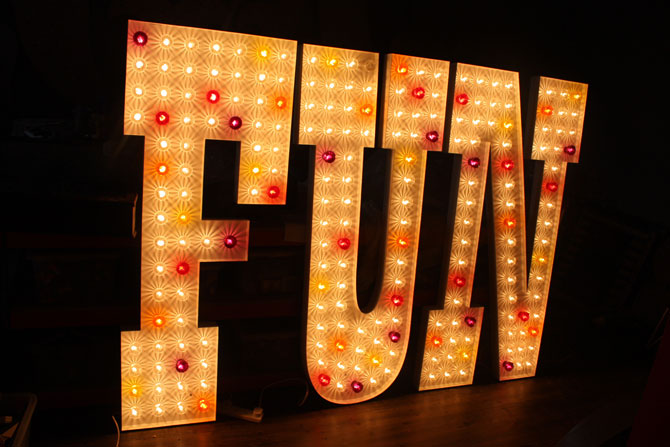
What sparked your collection of fairground and kiddie ride collections?
I used to collect strings of lights/fairy lights and still have about 1000 sets, then it progressed onto bigger seaside illuminations and then fairground ephemera. I probably need professional help to stop as I have a ridiculous amount of stuff.
You speak highly about the history of your current location. Would the work have a different feeling if it was produced some where else?
I have a lot of space here (650 square meters, 6500 square feet) so I can make big stuff. If I was still in London it would have to be smaller. I think everything I make fits into the vibe of the building which is old and charming. If it was more modern I guess I’d be making slicker/harder-edged stuff.
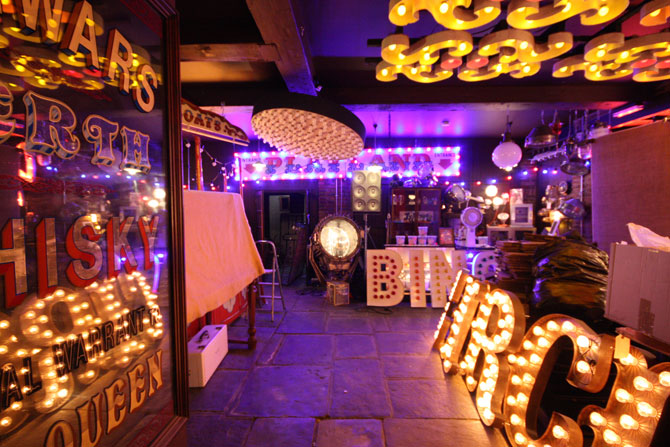
What three things does a designer need in order to be in your field?
If I was talking to graduates I would say: You need to develop some business skills as making money is what will allow you to sustain yourself and the business. No money equals no business equals no designer! Secondly, a clear idea of what direction you are taking and your USP as there are cool lighting products for sale for £10, so the competition is so tough. Personally, I think that energy issues are throwing up lots of problems that require creative solutions in the lighting industry. Finally, work hard and don’t be afraid to get your hands dirty. The easiest way to generate work is to take on the whole package of design, supply, and delivery.
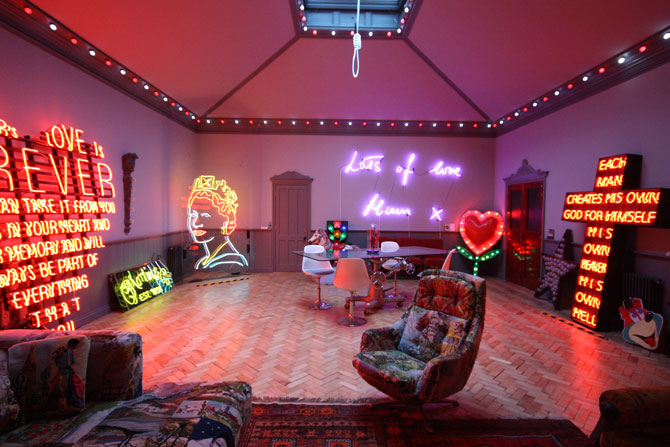
Who or where would you love to work with next?
I have just been to Venice for the first time since my mother died a couple of years ago. That’s where she was born. I would love to do something there with her in mind.
See more at oakleyilluminations.co.uk



